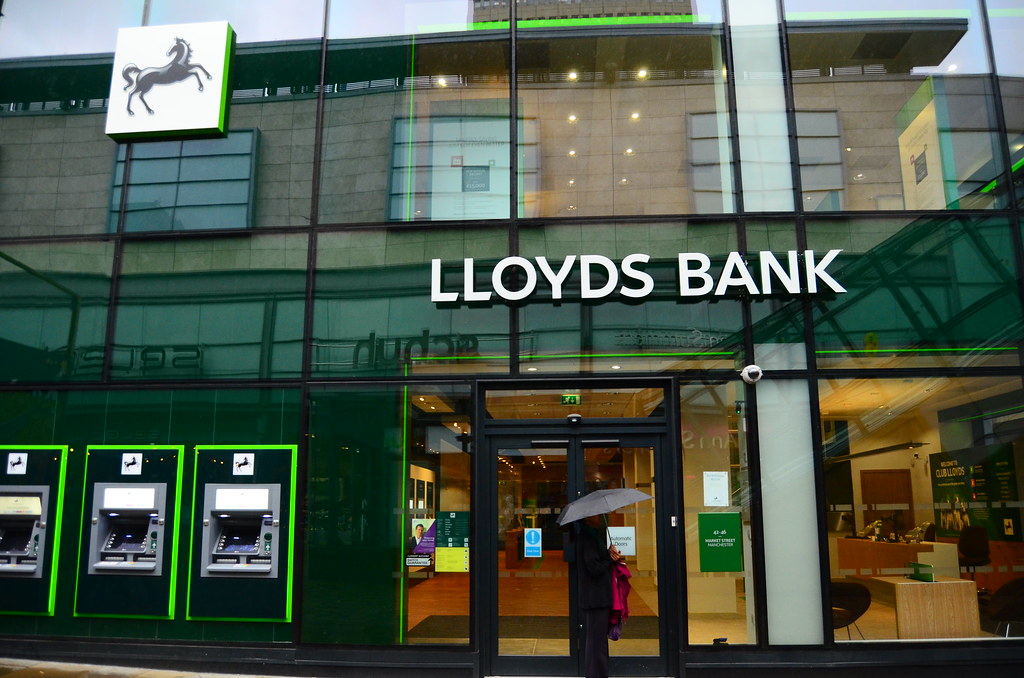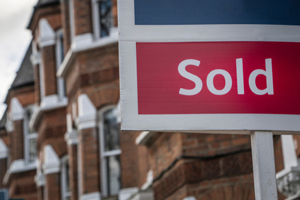The average price of a property in the UK coming to market for sale has fallen by 1.2% month-on-month in July, despite the number of available homes remaining at a decade-high level, Rightmove has found.
The firm’s latest house price index (HPI) revealed that the average price of a property for sale stood at £373,709 in July, which is an increase of 0.1% year-on-year.
Rightmove said that London was the biggest regional driver of new seller asking prices, after dropping by 1.5% between June and July, while Inner London saw an average asking price reduction of 2.1%.
Despite this drop, the real estate property portal revealed that the number of sales being agreed increased by 5% year-on-year, while the number of potential buyers contacting estate agents about homes for sale jumped by 6% in the same period.
Property expert at Rightmove, Colleen Babcock, said that the market is seeing an "interesting dynamic between pricing and activity levels".
She added: "The healthy and improving level of property sales being agreed shows us that there are motivated buyers out there who are willing to finalise a deal for the right property. What’s most important to remember in this market is that the price is key to selling.
"The decade-high level of buyer choice means that discerning buyers can quickly spot when a home looks over-priced compared to the many others that may be available in their area. It appears that more new sellers are conscious of this and are responding to this high-supply market with stand-out pricing to entice buyers and get their home sold."
Rightmove’s latest HPI also found that the average two-year fixed mortgage rate fell from 5.34% to 4.53% between July 2024 and 2025, which equates to a saving of almost £150 per month on a typical new mortgage.
The firm added with the market forecasting two more base rate cuts by the Monetary Policy Committee this year, the market could be stimulated further.
Chief commercial officer at Together, Ryan Etchells, said that the latest drop in house prices confirms that it is currently a “buyer's market”.
He concluded: "What may have been interpreted as a blip following the increase in stamp duty in April could be a more prolonged period of subdued activity.
"While mortgage rates have reduced slightly in recent months, stubborn inflation and high stamp duty may well be holding back buyers, who are waiting to see what will happen to mortgage rates in the near future. All eyes will be on the next Bank of England interest rate decision next month, with many experts predicting a cut.
"However, subdued house prices may present an excellent opportunity for aspiring homebuyers, as well as landlords looking to grow their portfolios. Those keen to seize an opportunity and move forward with their property plans over the summer can consider the wide range of financial products available, like shared ownership mortgages or bridging loans for fast, flexible finance."
Latest News
-
Targeted support applications to open from March 2026
-
19 firms join forces to launch new retail investment campaign
-
Four in five bridging professionals confident about 2026 market outlook
-
Söderberg & Partners invests in UK group rockwealth
-
SME lending grows again in Q3 – UK Finance
-
Titan Wealth acquires Morgans Ltd
Perenna and the long-term fixed mortgage market

Content editor, Dan McGrath, spoke to head of product, proposition and distribution at Perenna, John Davison, to explore the long-term fixed mortgage market, the role that Perenna plays in this sector and the impact of the recent Autumn Budget
The role of the bridging market and technology usage in the industry
Content editor, Dan McGrath, sat down with chief operating officer at Black & White Bridging, Damien Druce, and head of development finance at Empire Global Finance, Pete Williams, to explore the role of the bridging sector, the role of AI across the industry and how the property market has fared in the Labour Government’s first year in office.
NEW BUILD IN FOCUS - NEW EPISODE OF THE MORTGAGE INSIDER PODCAST, OUT NOW

Figures from the National House-Building Council saw Q1 2025 register a 36% increase in new homes built across the UK compared with the same period last year, representing a striking development for the first-time buyer market. But with the higher cost of building, ongoing planning challenges and new and changing regulations, how sustainable is this growth? And what does it mean for brokers?
Does the North-South divide still exist in the UK housing market?

What do the most expensive parts of the country reveal about shifting demand? And why is the Manchester housing market now outperforming many southern counterparts?
In this episode of the Barclays Mortgage Insider Podcast, host Phil Spencer is joined by Lucian Cook, Head of Research at Savills, and Ross Jones, founder of Home Financial and Evolve Commercial Finance, to explore how regional trends are redefining the UK housing, mortgage and buy-to-let markets.
In this episode of the Barclays Mortgage Insider Podcast, host Phil Spencer is joined by Lucian Cook, Head of Research at Savills, and Ross Jones, founder of Home Financial and Evolve Commercial Finance, to explore how regional trends are redefining the UK housing, mortgage and buy-to-let markets.
© 2019 Perspective Publishing Privacy & Cookies











Recent Stories